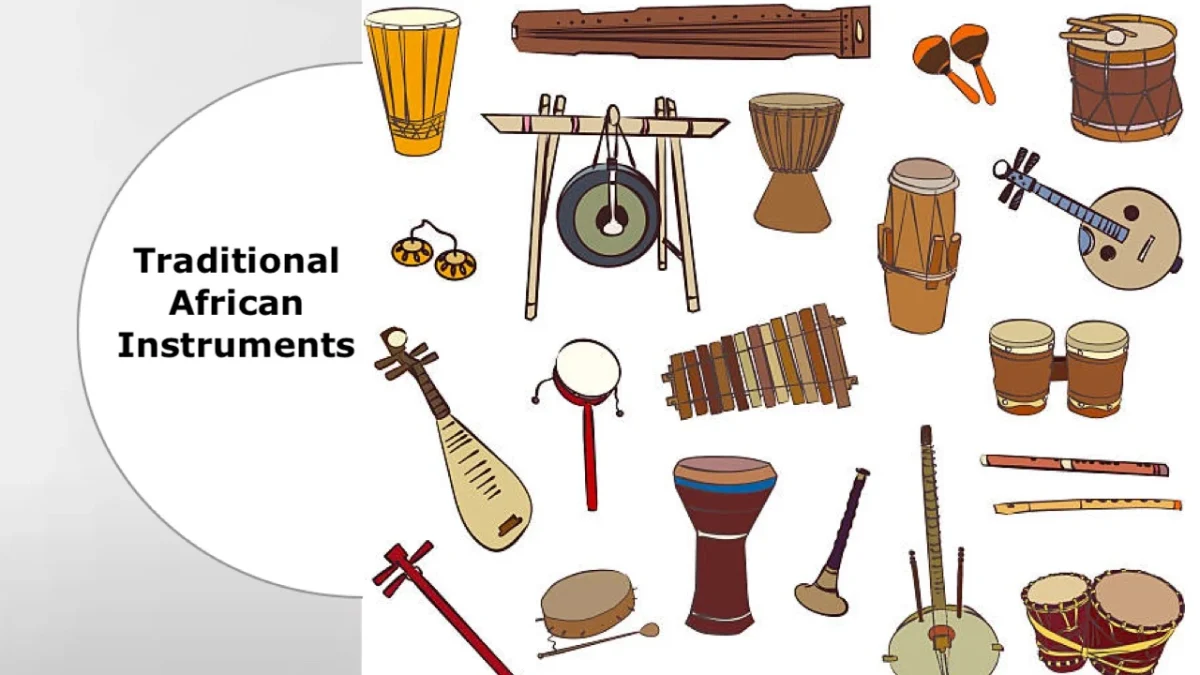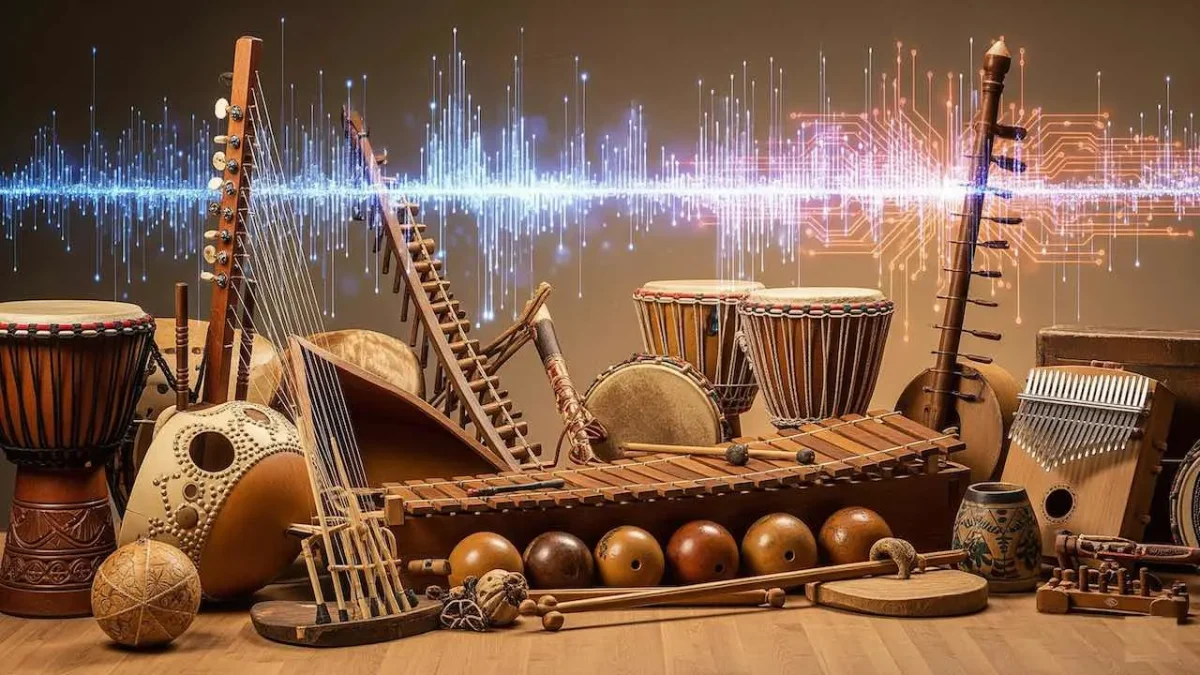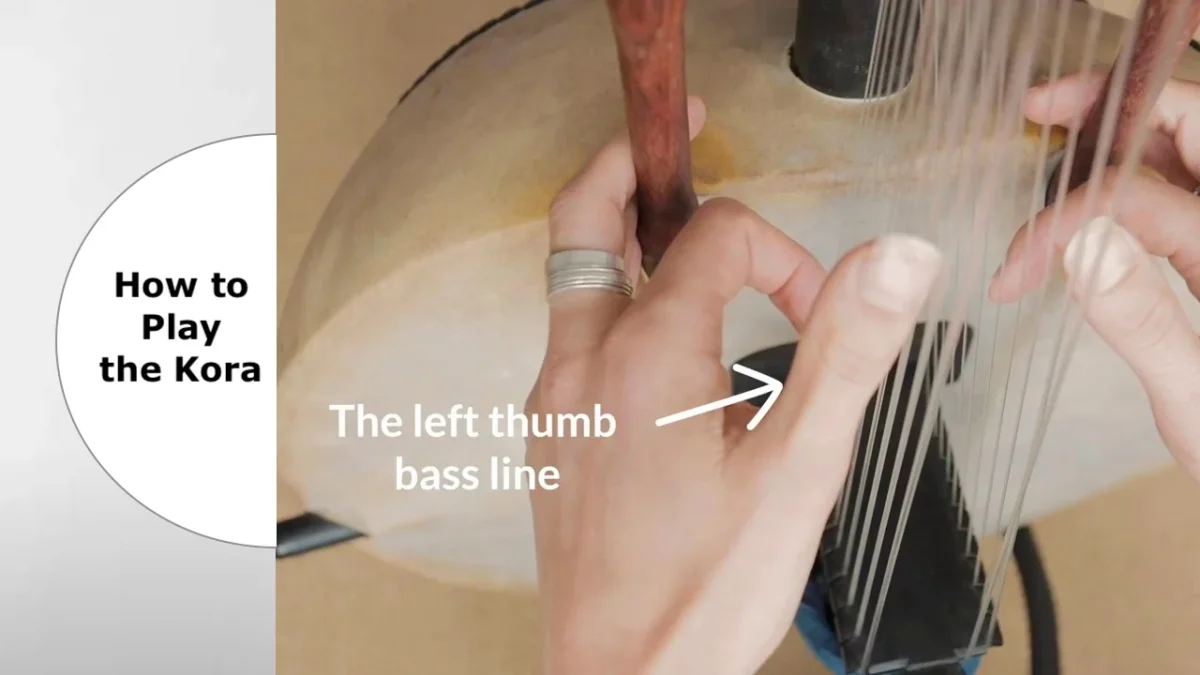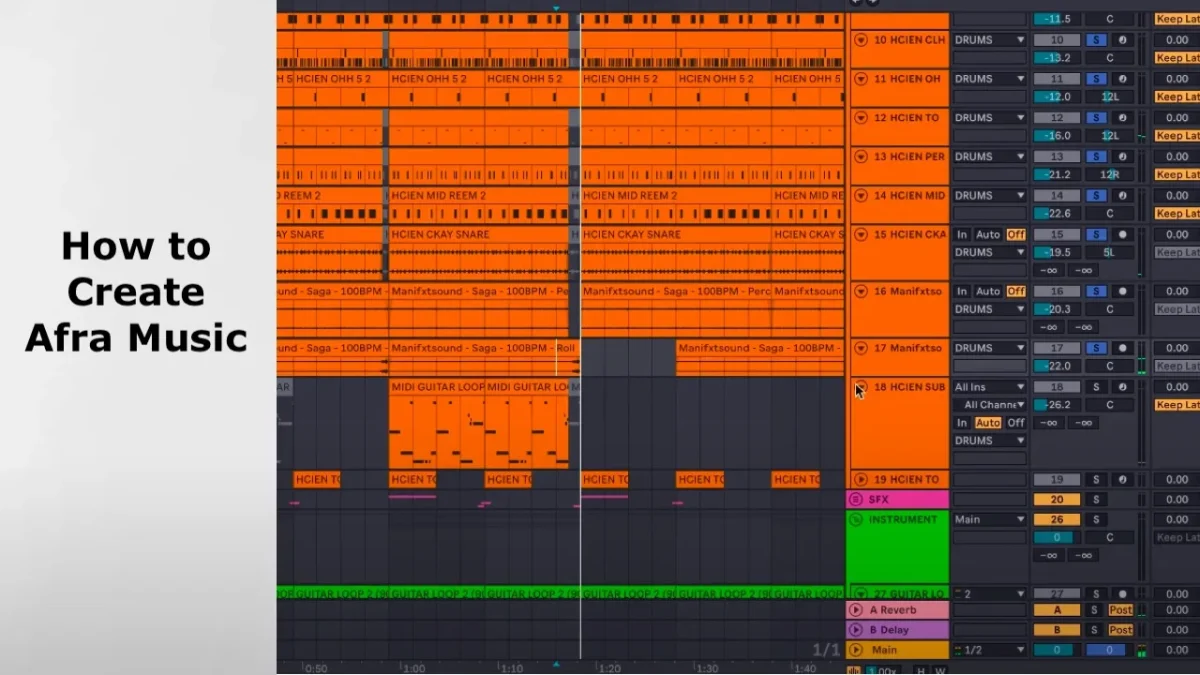
Traditional African Instruments: Complete Guide to African Musical Heritage
Traditional African instruments represent the heartbeat of African culture, carrying ancient rhythms and melodies across 54 countries. These handcrafted musical tools connect communities through ceremonial rituals, storytelling, and spiritual practices that span thousands of years.
Main Categories of Traditional African Instruments
African musical instruments fall into four primary categories based on sound production methods. Each category serves unique cultural and musical functions across different African regions.
| Category | Sound Method | Popular Examples | Primary Use |
|---|---|---|---|
| Membranophones | Vibrating membrane | Djembe, talking drum, frame drum | Rhythm, communication |
| Idiophones | Vibrating material | Balafon, shakers, bells | Melody, rhythm support |
| Chordophones | Vibrating strings | Kora, ngoni, musical bow | Melody, accompaniment |
| Aerophones | Vibrating air column | Flutes, horns, whistles | Melody, signaling |
Most Famous Traditional African Instruments
Djembe Drum
The djembe produces a wide variety of sounds and weighs around 9 kg when carved from traditional woods. This goblet-shaped drum originates from West Africa and creates three distinct sounds: bass, tone, and slap.
Musicians play the djembe with bare hands, producing deep bass notes from the center and sharp slaps from the rim. The drum is very loud, allowing it to be heard clearly as a solo instrument. Master drummers like Aboubacar, with over twenty years of experience, play, build and repair djembes using traditional techniques.
Kora Harp
The kora is made from a calabash, skin, neck and bridge of wood. This 21-string bridge harp combines elements of both lute and harp, creating ethereal melodies that accompany praise songs and historical narratives.
Traditional kora strings were made from gut or animal skin, but nowadays, traditional gut or skin strings and wooden tuning pegs are generally replaced by nylon strings and oil-bath tuning machines. Griots (traditional storytellers) across West Africa use koras to preserve oral history through music.
Balafon Xylophone
The balafon is similar to a xylophone, with wood planks or keys attached to gourds, and is played with mallets. This percussion instrument serves multiple purposes beyond music making.
People of Africa mainly use the balafon as a form of communication. Different rhythmic patterns convey messages between villages, making the balafon both a musical instrument and communication tool. Master craftsmen like Aboubacar handcraft balafons using traditional techniques and materials.
Mbira (Thumb Piano)
Unlike stringed instruments or air-column instruments like flutes, the overtones of a plucked lamella are inharmonic, giving the mbira a characteristic sound. This lamellophone features metal tines mounted on a wooden board or gourd resonator.
Players pluck the tines with thumbs and forefingers, creating complex polyrhythmic patterns. The inharmonic overtones are strongest in the attack and die out rather quickly, leaving an almost pure tone. Mbira traditionally have a range of nearly 3 octaves, and are not necessarily tuned to a western musical scale.
Regional Variations and Cultural Significance
West African Instruments
West Africa produces some of the continent’s most recognizable instruments. The region specializes in complex drumming ensembles featuring djembes, doundoun bass drums, and talking drums that mimic tonal languages.
String instruments like the ngoni and kora serve as accompaniment for griots who maintain oral traditions. Traditional balafon players from the Sousou people begin studying the instrument at age ten.
East African Musical Heritage
East African instruments blend indigenous traditions with Arab and Indian influences through historical trade connections. The region features unique instruments like the Ethiopian krar lyre and various flutes made from bamboo and wood.
Southern African Innovations
Southern Africa contributes distinctive instruments like the marimba and various types of mbira. Musicians like Farai Matake have made it their mission to preserve and promote Africa’s traditional musical heritage through instrument making.
Construction and Materials
| Material | Instruments | Properties | Regional Source |
|---|---|---|---|
| Hardwood | Djembe, balafon keys, drum shells | Durable, resonant | West/Central Africa |
| Calabash gourds | Kora resonator, balafon chambers | Lightweight, acoustic | Pan-African |
| Animal skin | Drum heads, kora sound table | Flexible, weather-sensitive | Pastoral regions |
| Metal tines | Mbira, kalimba keys | Clear tone, durable | Mining regions |
Modern instrument makers adapt traditional construction methods while incorporating contemporary materials. Sometimes shells, metal beads, or bottle caps are affixed to the mbira to produce a buzzing sound.
Playing Techniques and Sound Production
Hand Drumming Methods
African drumming employs specific hand positions and striking techniques. Bass tones come from full palm strikes at the drum center, while sharp slaps use fingertips at the rim edge.
Advanced players combine multiple striking surfaces simultaneously, creating complex polyrhythmic patterns that form the foundation of African musical expression.
String Instrument Techniques
Kora players use thumb and forefinger plucking patterns while supporting the instrument against their body. The technique allows for intricate melodic lines combined with harmonic accompaniment.
Traditional ngoni playing involves rapid fingerpicking patterns that create driving rhythmic accompaniment for vocal melodies.
Modern Adaptations and Global Influence
Contemporary musicians worldwide incorporate traditional African instruments into diverse musical genres. Jazz, world music, and fusion artists regularly feature djembes, kalimbas, and other African instruments.
The kalimba is actually a modern version of the mbira with a scale that’s more suited to Western music. This adaptation demonstrates how traditional instruments evolve to meet contemporary musical needs.
Since founding Matake Projects, South Africa-based Zimbabwean musician Farai Matake has endeavoured to bridge the gap between tradition and innovation by crafting high-quality African instruments.
People Also Ask
While the kalimba looks similar to the traditional mbira, the kalimba is actually a modern version of the mbira with a scale that’s more suited to Western music. Traditional mbira uses indigenous African scales, while kalimba often employs Western diatonic tuning.
The djembe can produce a wide variety of sounds and is very loud, allowing it to be heard clearly as a solo instrument. Professional djembes can project sound across several hundred meters outdoors.
Traditional hardwoods like lenke, dugura, and mahogany provide optimal resonance for drum shells. Calabash, skin, neck and bridge of wood create the classic kora sound, while metal tines produce clear mbira tones.
Yes, though mastery requires dedicated practice and cultural understanding. Traditional players like Aboubacar began studying at age ten and developed expertise through decades of practice with master musicians.
Frequently Asked Questions
Authentic instruments are available through specialized dealers, cultural centers, and directly from African craftspeople. Expert craftsmen like Aboubacar handcraft instruments using traditional techniques and materials.
Drum skins need regular conditioning with natural oils, while wooden instruments require protection from extreme humidity changes. Store instruments in climate-controlled environments away from direct sunlight.
Traditional African instruments facilitate spiritual communication, mark life transitions, and strengthen community bonds. Specific rhythms invoke ancestors, celebrate harvests, and accompany healing rituals across different ethnic groups.
Many online platforms offer video lessons, notation systems, and cultural context for traditional African instruments. However, in-person instruction with experienced practitioners provides the most authentic learning experience.
Mbira traditionally have a range of nearly 3 octaves, and are not necessarily tuned to a western musical scale. African scales often include microtonal intervals and pentatonic patterns that create distinctive harmonic relationships.



